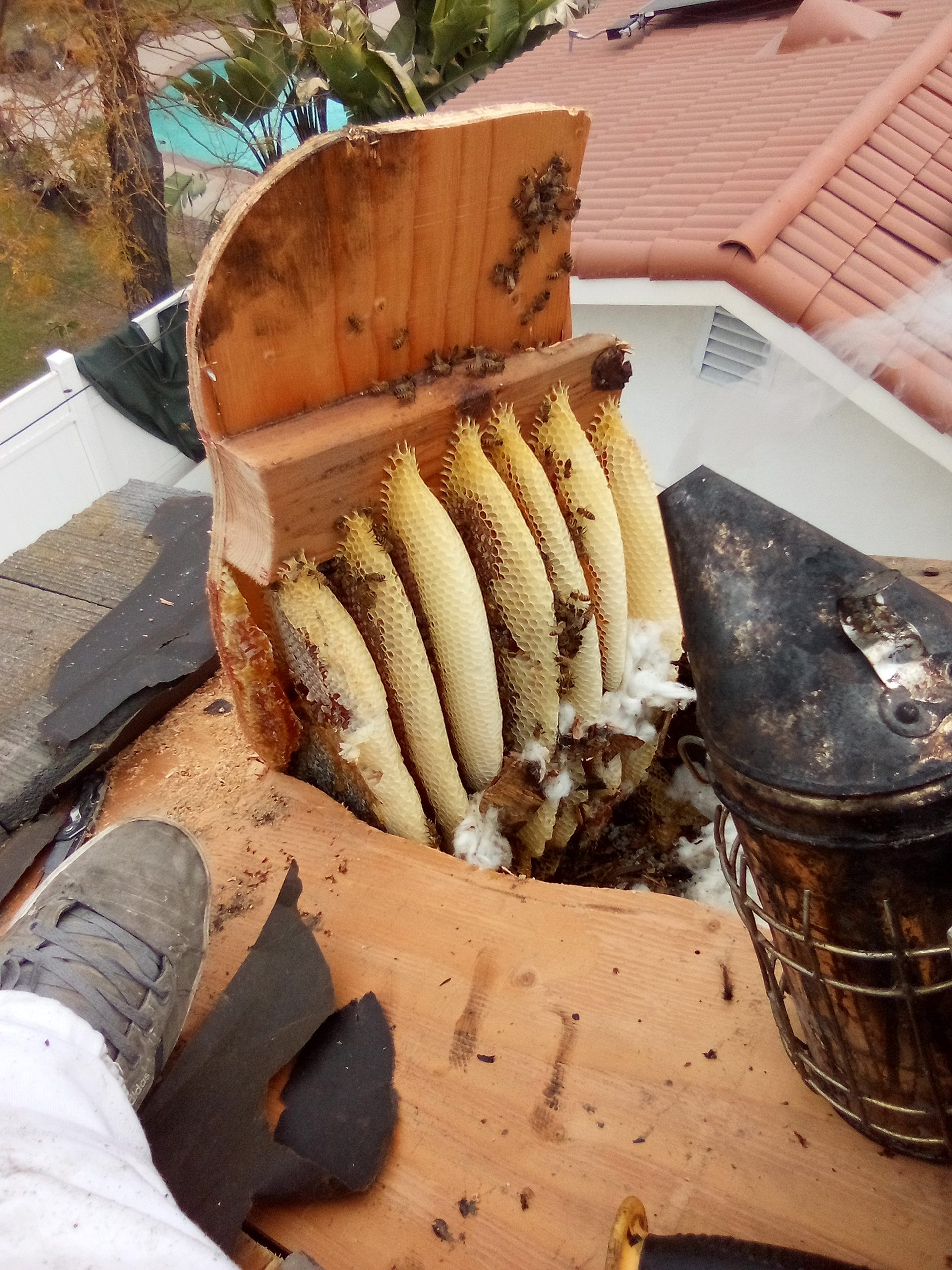Stinging insects can become a nuisance when they come into contact with people. California is home to over a thousand species of native bees, including 26 species of bumblebees, while most of the others are solitary bees. In Southern California, the most commonly encountered bees are bumblebees, European honeybees, Africanized honeybees, and carpenter bees. Bumblebees are easily recognized by their fuzzy, striped appearance. However, distinguishing between European honeybees and Africanized honeybees is much more challenging and typically requires microscopic examination. It’s also important to mention other stinging insects like yellow jackets, wasps, and hornets, which can pose a significant threat as well.
APA Bee Removal offers professional bee and wasp removal services in Azusa, CA and surrounding areas. With over 20 years of experience, their local beekeepers specialize in safe, effective bee and wasp control for both residential and commercial clients. They provide same-day service and offer 24/7 emergency bee removal services and free beehive removal estimates. Call today (626) 336-1373 for your free bee removal estimate.
If you have a swarm of bees that are threatening the safety of you, your family or your neighbors, don’t hesitate – call your bee removal experts at APA Bee Removal!
(626) 336-1373
At APA Bee Removal our customers’ satisfaction has always been our number one priority, and it shows in our ratings!
Offering prompt same-day or next-day service on our bee services, you’ll get treatment as soon as you need it!
We utilise bee removal solutions, taking a more environmentally conscious and safe approach to pest management.
Customer satisfaction is our priority. Prepare to witness quality and integrity.
EXCELLENTTrustindex verifies that the original source of the review is Google. On May 26, 2025, we saw a bee swarm in our orange tree.. called this company and they were out to our house within hours to remove it.. he was so nice and professional.. as of this morning no more bee.. hats off look at the size of the bee swarm Thank you so muchTrustindex verifies that the original source of the review is Google. He was great. Very professional friendly, and kept us informed of everything he had to do He worked fast and got the job done in about two hours Would definitely use them againTrustindex verifies that the original source of the review is Google. Called them at one in the morning. They were here within an hour. Quick service friendly will definitely use them again.!Trustindex verifies that the original source of the review is Google. Had great experience with this company great customer serviceTrustindex verifies that the original source of the review is Google. Gracias a APA BEE. REMOVAL me ayudaron con una colmena que tenía dentro de la pared de mi casa son gente muy buena y profesional los recomiendo muchoTrustindex verifies that the original source of the review is Google. Alex is amazing, knowledgeable, efficient, and handled bees swiftly. Removed 50 pounds of honey comb and honey.Trustindex verifies that the original source of the review is Google. Great service at a reasonable price. Alex is super professional and friendly. For our roof top, he had to rent a lift to do the job, The price was reasonable and did a fantastic job putting back the roof. They seem to be really busy, so have a little patient.Trustindex verifies that the original source of the review is Google. Went on vacation for 1.5 weeks and discovered that my trash bin became a home to a hive of bees. Immediately, shopped around for any bee removal services and many around the area charged $300+ for live bee removal. That’s when I came across APA called them up the next morning and they came 3 hours later to remove them. After all that Cecilia only charged me $185.Trustindex verifies that the original source of the review is Google. Prompt service. Quick response. My bee removal was completed about 3 hrs after I called on a Sunday morning. Will definitely recommend. Thank you.Trustindex verifies that the original source of the review is Google. Great customer service! Fast, efficient and great price too! Highly recommend!



